This may come as a surprise (to no one), but I’m a bit of a lurker in the tea community.
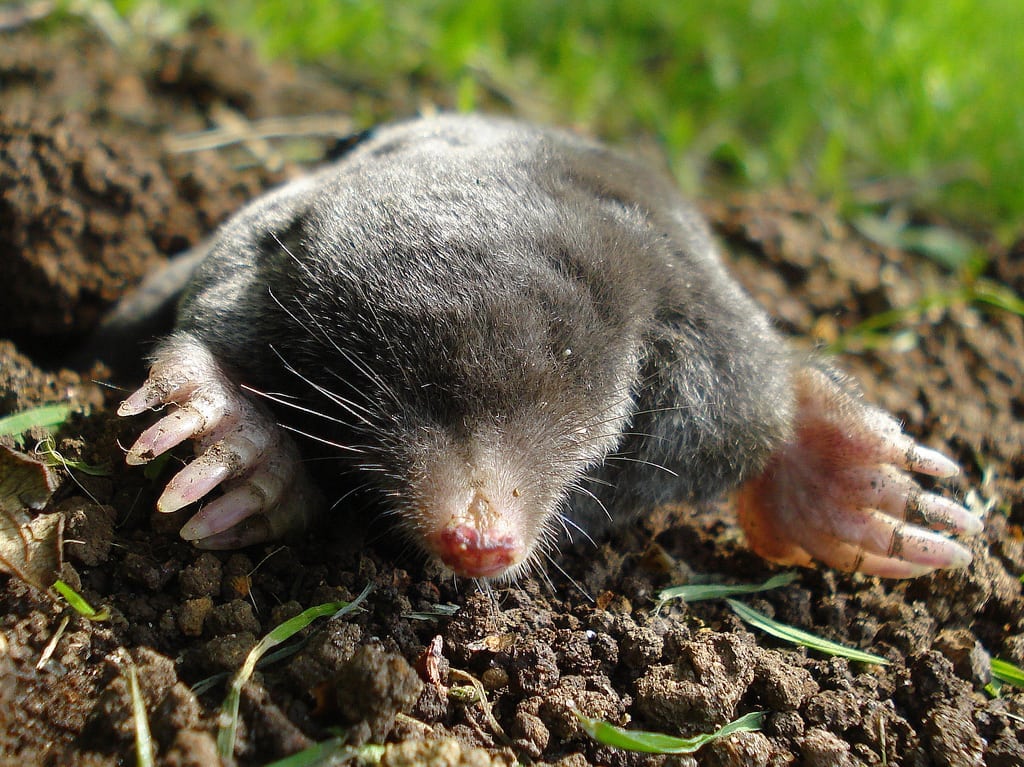
Various social media groups exist celebrating our beloved beverage and the many facets therein. On Facebook alone, I keep a keen eye out for interesting posts by some members of these groups. Particularly if someone runs into something new or weird—y’know, my basic tea blog mission statement. And on one such day, several months back, I ran into a photograph posted by West China Tea/Guan Yin Tea House’s purveyor, So Han Fan.
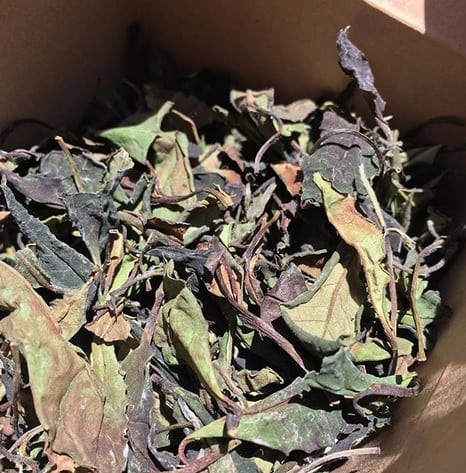
A white tea grown and processed in Sichuan province, China.
This was unique for two reasons. The only types of teas Sichuan was famous for were heicha and green tea. I sipped both on one occasion or another, many different styles, sometimes even gratefully. But I wasn’t familiar with any region in Sichuan, or a particular farmer, that played against the usual provincial favorites.
Enter Master Heng Yi of Mabian county.
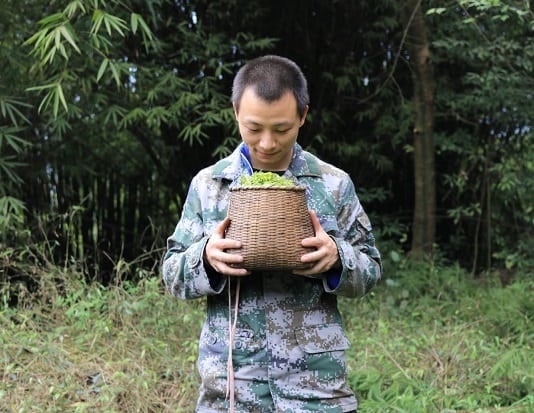
Mabian county is an autonomous region in Sichuan province populated by the indigenous Yi people. Heng Yi’s grandfather was the one who originally discovered tea plants on their land in Mabian. All were of the Dai Ye Jung small leaf cultivar. The son—Heng Yi’s father—was not originally involved in the tea trade, but his future wife did know how to make Sichuan style green tea. When he was old enough, Heng Yi learned how to make green tea from his mother, and thought about cultivating the semi-feral tea plants on their land.
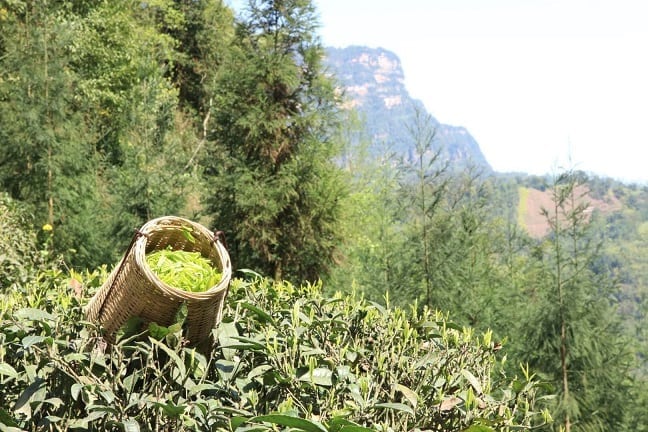
Once he had his own take on Mao Jian(-ish) green tea down, he began exploring other styles. Heng Yi went on to learn how to develop Huang Ya style yellow tea from a tea master on Meng Ding Mountain. He also consulted a female tea master in Wuyi, Fujian province, on the techniques for making black tea. Along his journey, he also found a way to develop his own take on a Bai Mu Dan style white tea.
When So Han told me about all of this, my interest grew even further. I needed to try all the teas, and I inquired about receiving some. So Han kindly sent samples of the four main styles Heng Yi had perfected. Over the summer, I managed to dip into the “River Red” black tea first.
Everything about it screamed, “Fujian black tea.” At the time I tried it, I hadn’t known he actually learned how to make Hong Cha (red tea) in Fujian province. My nose was right on the money.
Point being, the leaves were short, twisty, sometimes brown or gold with strays of crimson, and they smelled like fragrant sweet-wood. Two types of Chinese teas smell like that: gongfu grade Fujian black teas and Keemun. However, I will give ‘em this, the leaves were more fragrant than the examples I mentioned above. Like someone rubbed brown-sugar-lathered bark all over my face.

The liquor(s) brewed up about as red as you could imagine a black tea would. Even at short steeps, the leaves delivered some bold brews. The smell wafting from the steam was also as potent as the dry leaves prior to my adulteration. The feral nature showed up entirely on taste.
On introduction, with the first steep, I was punched in the mouth honey-lathered stone fruit . . . and then handed a metaphoric flower in apology. Up my nose. Further infusions opened up to reveal more nuances. Dan Cong-like sharpness, Yunnan-like malt, and (of course) some Wuyi briskness. However, none of the infusions stayed on one note for too long. A solid flavor profile was hard to pin down, kinda like a feral cat. Except with a far tastier purr.
As for the other three teas . . . well . . .
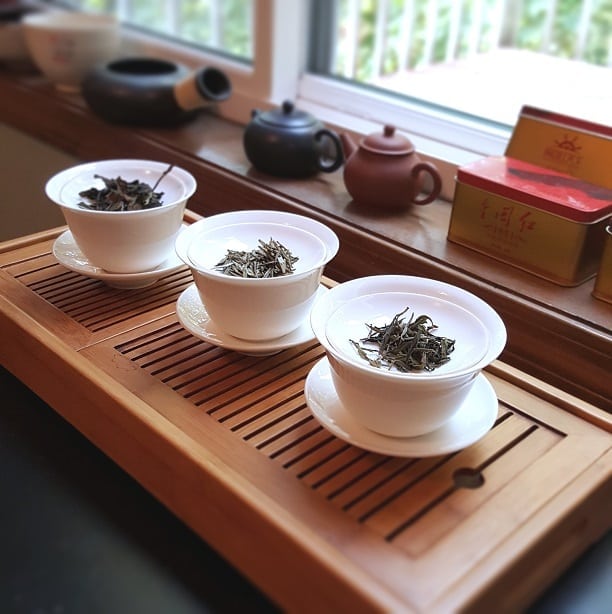
A lot of time passed before I could get to them, and that wasn’t intentional. The summer was unbelievably rough, and I had to take a hiatus from drinking tea entirely. I wasn’t able to revisit these samples until this autumn. When I did so, I decided to approach them all simultaneously.
And I filmed it.
All the teas lasted for several more infusions. The white tea continued on even after the green and yellow petered out. I think I finished the last infusion some time later in the afternoon. It’s sweetness held out with considerable stubbornness.
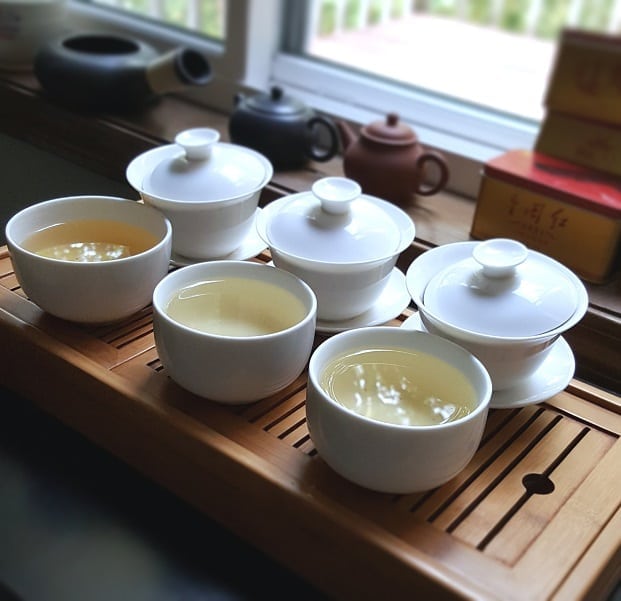
I guess I can call this particular odd tea mission fini—
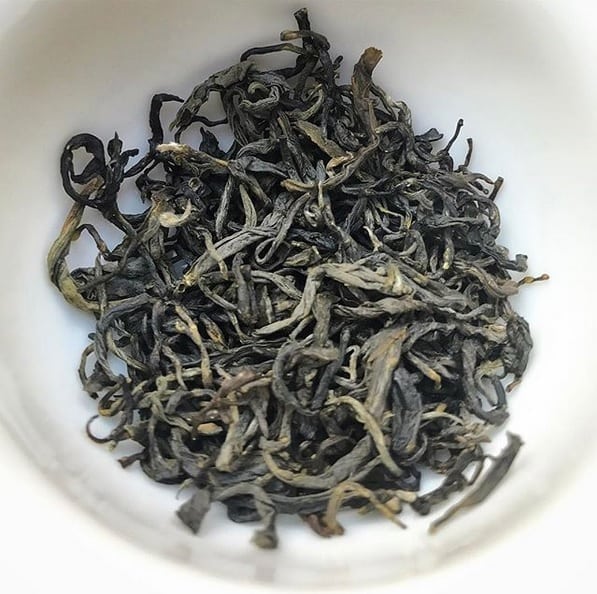
Oh, Heng Yi also makes a purple tea.
Well, dammit.
Guess I’m not done with this tea quest, yet.

To buy the River Red black tea, go HERE.
To buy the Mabian White Tea, go HERE.
To buy the Mabian Huang Ya Yellow Tea, go HERE.
To buy the Mabian Mao Jian Green Tea, go HERE.
To visit So Han Fan’s Guan Yin Tea House—in Austin, Texas—to try some for yourself . . . ?
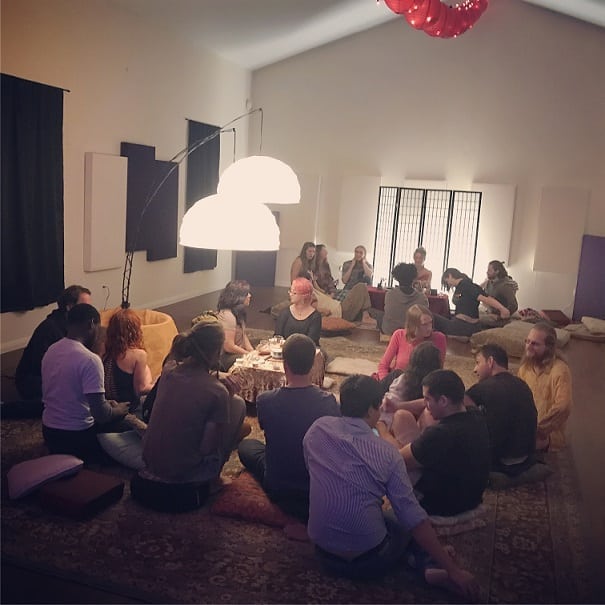
Go HERE.
Leave a Reply